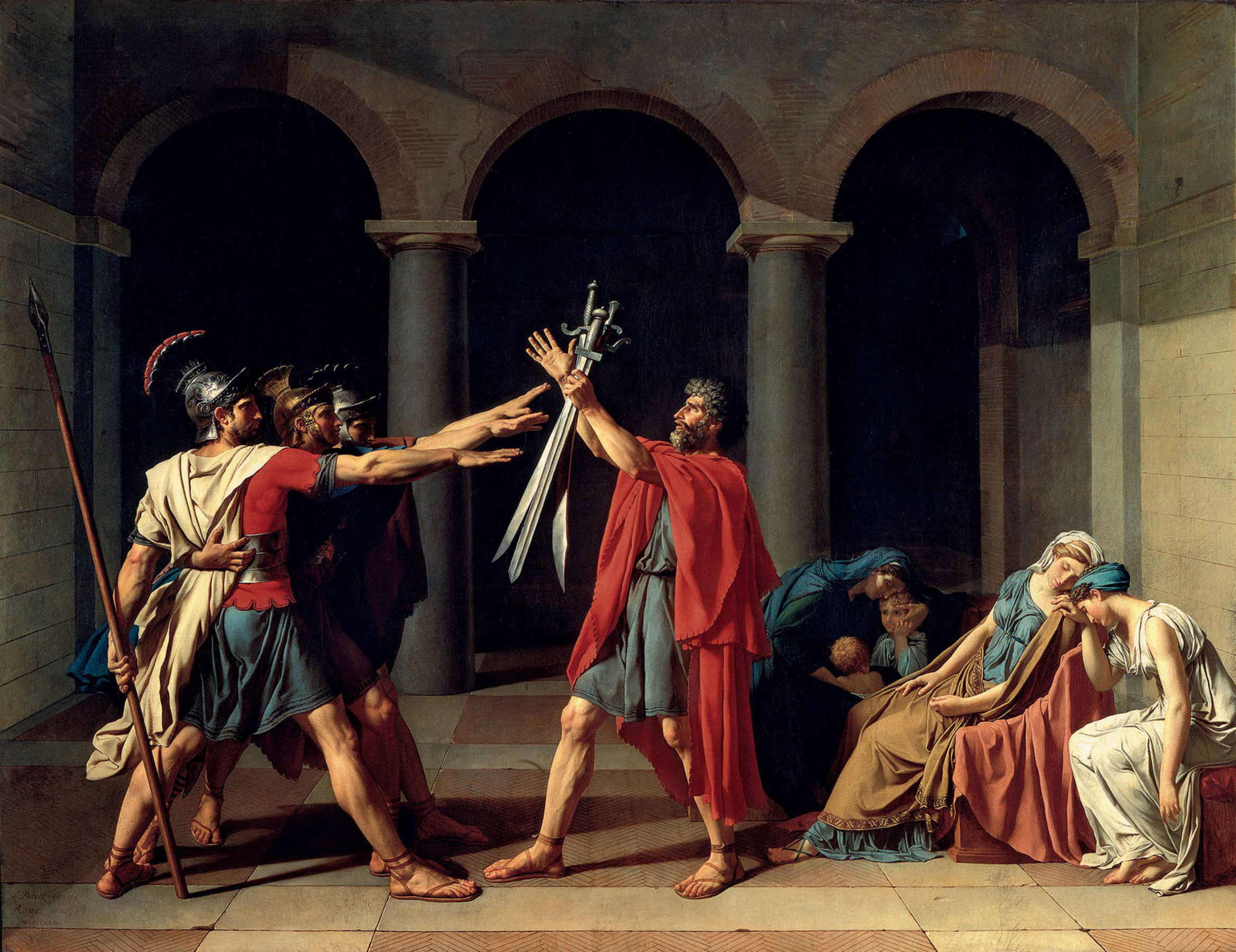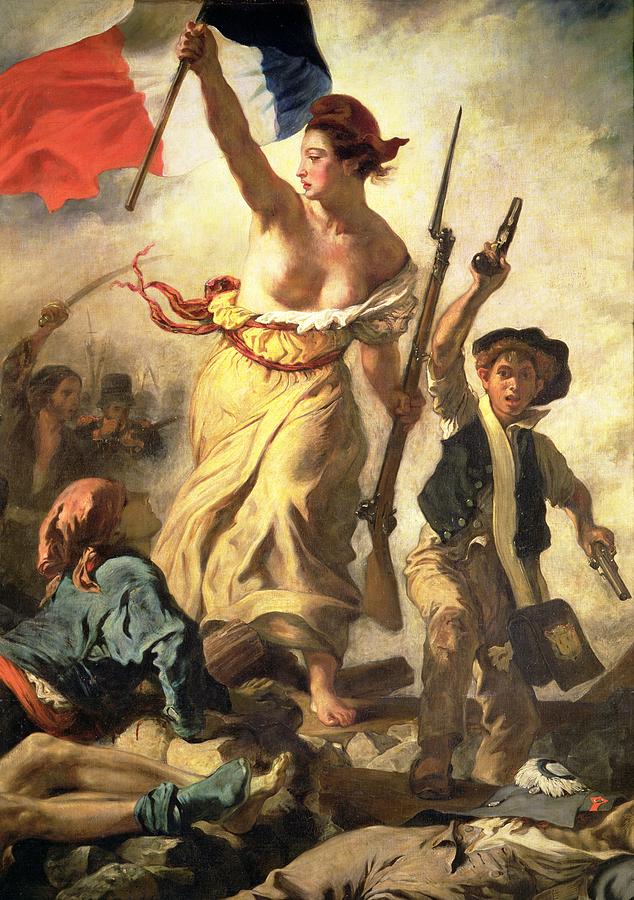Adrian forty - objects of desire

In the 18th century, British people went on a grand tour. This was a journey to places like Rome and Venice. The people that went on a grand tour would communicate with artists and architects and take ideas and influences back to Britain with them.
Archaeology began, and ancient places in Pompeii and Herculaneum were discovered. These places influenced design and architecture in Britain amongst other European countries.
Robert Adam

Architecture of the period had a style of simplicity and order. Interiors were filled with plasterwork and furniture.
Rob Adam was influenced by Roman design and his designs link to classical ornament and style.
Examples of Pompeii ruins influence to Rob A's work

Josiah Wedgewood's ceramic designs had elements of classical visual language.
Joshua Reynolds created portrait paintings based on romanticism and love. His works had links to gothic language.
Joshua Reynolds portraiture
Thomas Gainsborough - women portrayed
.jpg)
In France, Neo Classical paintings were created that captured historic events.
Jaques-Louis David

Eugene Delacroix

Angelica Kauffmann - female artist. emphasis on personality, not physical beauty.

Influences of the Roman Empire were evident in French neo-classical art. Napoleon was often portrayed wearing clothes similar to Caesar. French artists saw Rome as a powerful empire. British art, however, never included Roman attire. Britain had it's own massive empire and artists didn't feel the need to look up to the Romans.
Sculptures such as Phidias were influenced by ancient Rome and Pompeii.
Johann Zoffany

Sculpture wasn't very free and liberated; the Roman style was imitated and used as reference so the sculptors' work was often less expressive.
Antonio


In France, during the 17th and 18th centuries, intellectual thinking started to emerge and expand through Europe. People began to question their rulers and religious documents started to be replaced with science. Breakthroughs in science and medicine became more and more common and the populations moved further away from tradition and religion.
There were many more social changes that began to occur.
Mary Wollstonecraft started a shift in gender roles and equality
Anti slavery movement
Independence of America
France became a republic after execution of their monarchy. They go to war with the Austrian empire. Then a post French revolution rises and Napoleon B becomes the emperor of France. This created a French neo-classical visual language that represented the French empire. This visual language followed Britain's neo-classical style but it also included ancient Roman and Greek symbolism.
Industrial revolution meant that many people were unemployed
Rousseau
Joseph Wright of Derby
experiment on bird in air pump

No comments:
Post a Comment